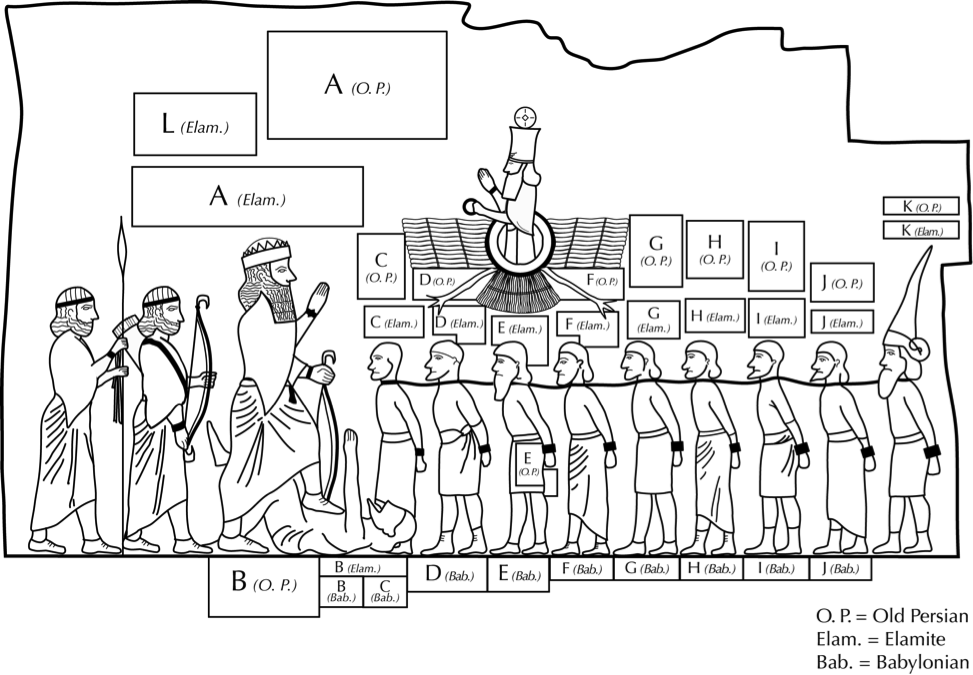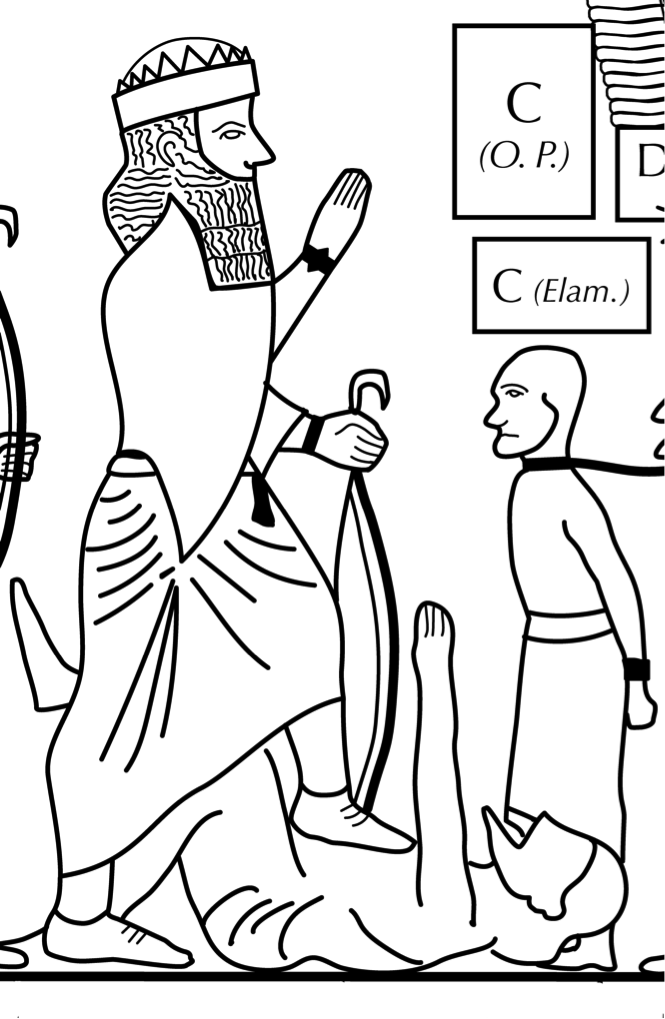In this on-line version, the page-numbers of the printed version are indicated within braces (“{” and “}”). For example, “{69|70}” indicates where p. 69 of the printed version ends and p. 70 begins. These indications will be useful to readers who need to look up references made elsewhere to the printed version of this book.
Introduction
The Cyrus Cylinder as a foundation deposit
Sacral metonymy
An example of sacral metonymy in the Gilgamesh narrative
An Egyptian parallel
Back to the Cyrus Cylinder
Variations on a theme of copies and models
- by the sacredness of the site in which it is embedded
- by the sacredness of the object itself, and
- by the sacredness of the wording that is written on the surface of the object.
From the standpoint of myth and ritual, the deposited text of the Cyrus Cylinder is so sacred that it should not even be seen, once it is in place, except by the sacred cosmic powers that receive the archetype and are archetypal in their own right. From a practical standpoint, I could add, the act of depositing the text of the Cyrus Cylinder would keep it safe from the depredations of the profane. {345|346}
Authenticating the text and the speaker of the text
Moreover, even the temple of Marduk had been supposedly ‘counterfeit’ before the sacred space of the temple, named Esagil, was restored by Cyrus. I quote again directly from the text of the Cyrus Cylinder, where the claim is made that Nabonidus had made a ‘counterfeit’ temple:
Following up
The Bisotun Inscription as an archetype

True kings and false kings

Caring for a king
The concepts of ritual substitution and substitute kingship
Similarities and differences between substitute kingship and counterfeit kingship
According to such a scenario, this sole ruler who then gets killed by Darius is a substitute king, not a true king.
